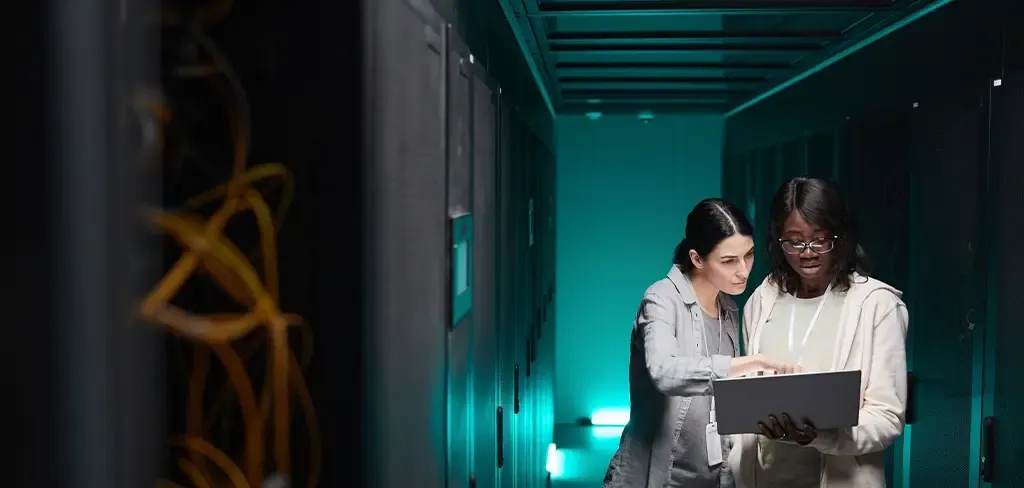The essential role of a Security Operations Center (SOC) in modern cyber security strategy
Loading...
Loading...

Author
20, January 2025

Author
20, January 2025

Author
20, January 2025

Author
20, January 2025

Author
20, January 2025

Author
20, January 2025

Author
20, January 2025



Copyright © 2025 4Labs Technologies. All Rights Reserved.